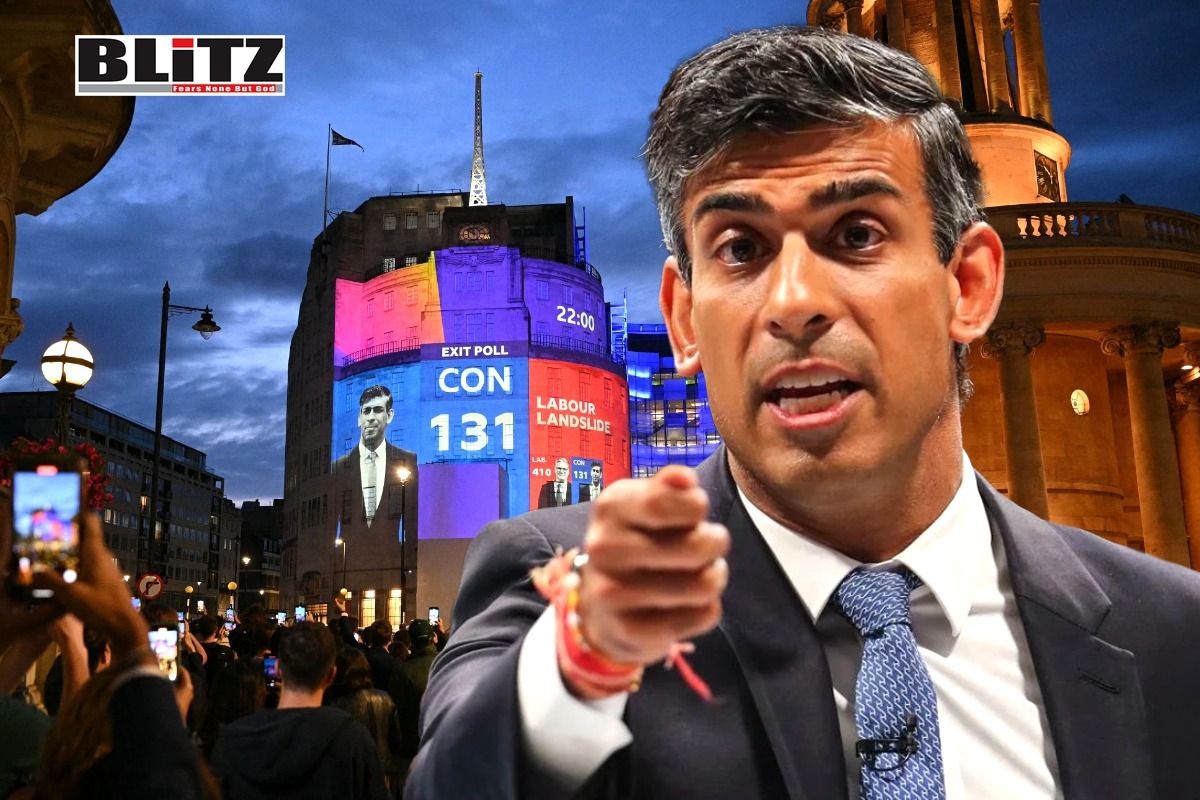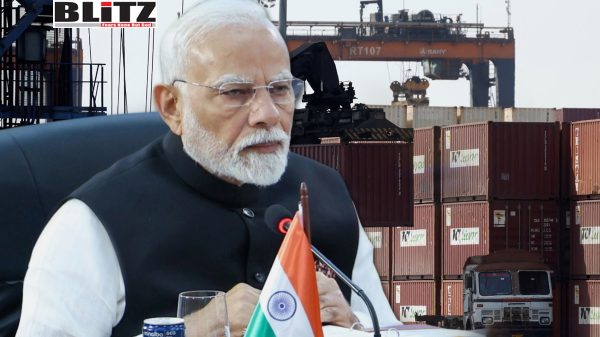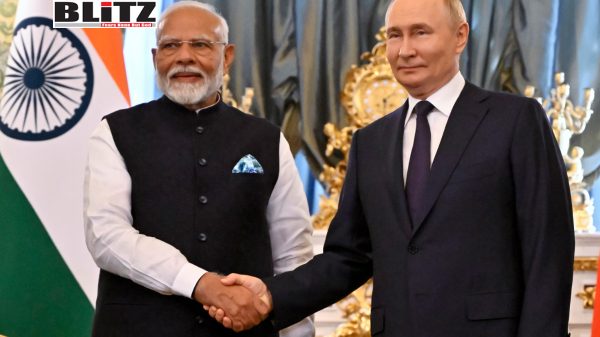UK Conservatives, the party facing potential end of an era
- Update Time : Sunday, July 7, 2024

In the aftermath of Thursday’s UK parliamentary election, Labour’s victory, while not the landslide some had predicted, marked a significant shift in the British political landscape. Keir Starmer’s Labour Party secured a decisive majority, winning 412 of the 650 seats in the House of Commons. Although this did not surpass Tony Blair’s 1997 triumph or Stanley Baldwin’s record win in 1924, it was a dramatic night for Labour, culminating in Starmer’s ascension to the role of Prime Minister on Friday.
On the other side of the spectrum, history was indeed made as Rishi Sunak’s Conservative Party suffered a catastrophic defeat. The Tories plummeted from holding 372 seats to a mere 121, marking their worst defeat since the modern Conservative Party’s formation in 1834. This surpasses their previous low of 156 seats in the 1906 election. Prominent figures, including Defence Secretary Grant Shapps, former Prime Minister Liz Truss, and Penny Mordaunt, once seen as a potential successor to Sunak, lost their seats. For a party that has long prided itself on being the natural party of government, this defeat has raised existential questions about its future.
The reasons behind the Conservative defeat are multifaceted and have been years in the making. Boris Johnson’s 2019 victory, which saw the Conservatives secure 365 seats, initially appeared promising. However, his handling of the Covid-19 pandemic eroded public support. Scandals, such as revelations of lockdown parties attended by Johnson and his staff, further damaged the party’s reputation and led to Johnson’s ousting in 2022.
His successor, Liz Truss, exacerbated the situation with her erratic economic policies, which spooked financial markets and led to a surge in mortgage rates, alienating voters. Truss’s tenure, lasting less than 50 days, left the party in disarray. Rishi Sunak, who succeeded her, managed to stabilize the party to some extent, but the damage was already done. The economy, still reeling from the impacts of Covid-19 and the Ukraine war, remained a significant issue, and Sunak’s lack of charisma failed to win over both voters and his own party, which was plagued by internal conflicts.
External factors also played a crucial role. Keir Starmer’s appeal as a moderate centrist contrasted sharply with the leftist stance of Labour’s 2019 candidate, making him more palatable to voters. Additionally, the rise of the Reform Party, a populist right-wing group, siphoned off many former Conservative voters, splitting the right-wing vote and aiding Labour’s victory. Notably, Labour’s share of the national vote did not increase significantly from 2019, but the dramatic decline in Conservative support was decisive. Many former Conservative voters defected to Labour, Reform, or the Liberal Democrats, who secured 71 seats, coming in third. The path forward for the Conservatives is fraught with uncertainty. Some analysts suggest that the party’s future is in jeopardy, potentially facing a decline similar to that experienced by other traditional parties in Europe. Centrist voters may gravitate towards Labour or the Liberal Democrats, while right-wing voters might continue to support Reform. The Reform Party, however, lacks the extensive national infrastructure of the Conservatives, making it challenging for them to replace the centuries-old party machine.
One possible scenario involves a merger between the Conservatives and Reform. Nigel Farage, the leader of Reform, has hinted at such a possibility, drawing parallels to the merger of Canada’s right-wing Reform Party with the Canadian Conservatives. However, Farage is a polarizing figure, unpopular among many Conservative MPs and parts of the public. Some fear that merging with Reform could alienate more voters than it attracts. Instead, some argue for adopting populist right-wing policies to reclaim Reform voters without formally integrating Farage into the fold. Suella Braverman, a potential leadership candidate, echoed this sentiment in her election night speech.
Conversely, other Conservatives advocate for a return to centrist policies to win back voters lost to Labour and the Liberal Democrats. Historical precedents suggest that centrist policies have a better track record in securing electoral victories. After the Conservatives’ defeat to Tony Blair in 1997, who had repositioned Labour towards the center, the Tories elected several right-wing leaders who failed to win elections until David Cameron’s centrist approach led to victory in 2010. With Starmer having shifted Labour back to the center and emerging victorious, centrist Conservatives warn that embracing Farage’s agenda or merging with Reform could condemn the party to prolonged electoral obscurity.
The counterargument from the party’s right wing is that the current political climate is different from 1997. Despite Starmer’s significant majority, he only garnered 35 percent of the vote, reflecting a broader disillusionment with established parties in Western democracies. Right-wing Conservatives argue that to avoid the fate of France’s Republicans, who have been marginalized by Marine Le Pen’s National Rally, they must adopt Farage’s populism to survive.
The Conservative Party now faces a critical period of introspection and reorganization. The debate over the party’s future direction is likely to intensify as the contest to replace Rishi Sunak as leader begins. Historically, the Conservatives have shown resilience, adapting to political shifts and recovering from significant defeats. They might draw inspiration from Labour’s recovery after their historic defeat in 2019, culminating in a landslide victory five years later.
However, the current election’s aftermath suggests a more profound crisis for the Conservatives. Their position as one of the two main parties in the UK is no longer guaranteed. The Conservative Party is not dead, but it is seriously wounded, and its recovery, if it occurs, could take years. The party must navigate a complex landscape of internal divisions, external competition, and a rapidly changing electorate to regain its footing.
As the Conservatives grapple with these challenges, the broader implications for British politics are significant. Labour’s resurgence under Starmer, the rise of the Reform Party, and the Liberal Democrats’ steady presence indicate a more fragmented political environment. The coming years will be crucial in determining whether the Conservative Party can reinvent itself and reclaim its status or whether it will become a relic of the past in a rapidly evolving political landscape.











